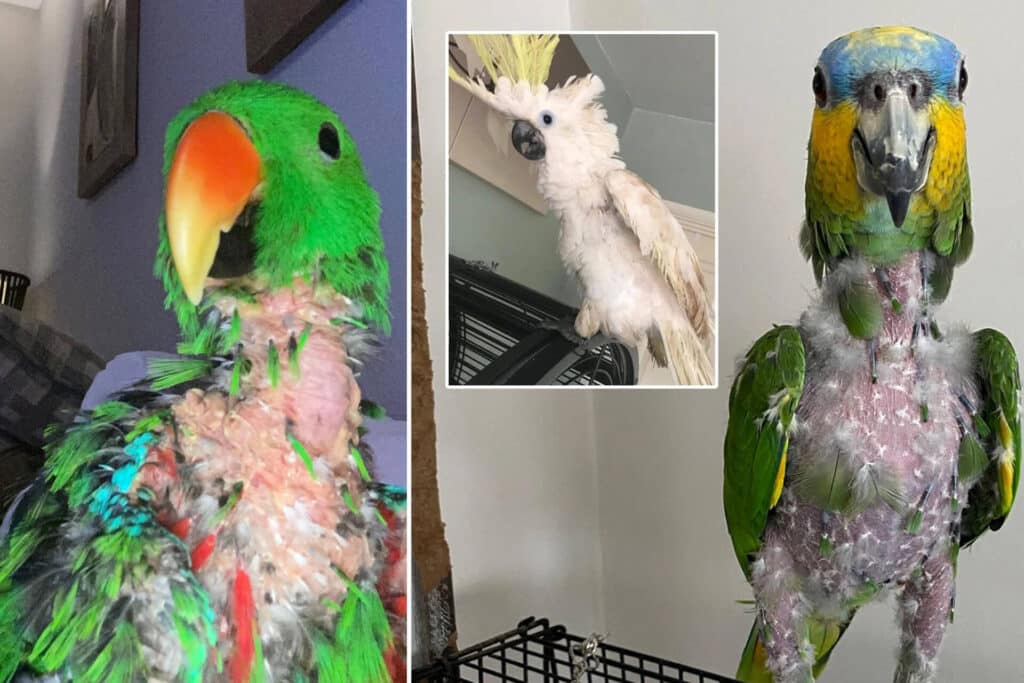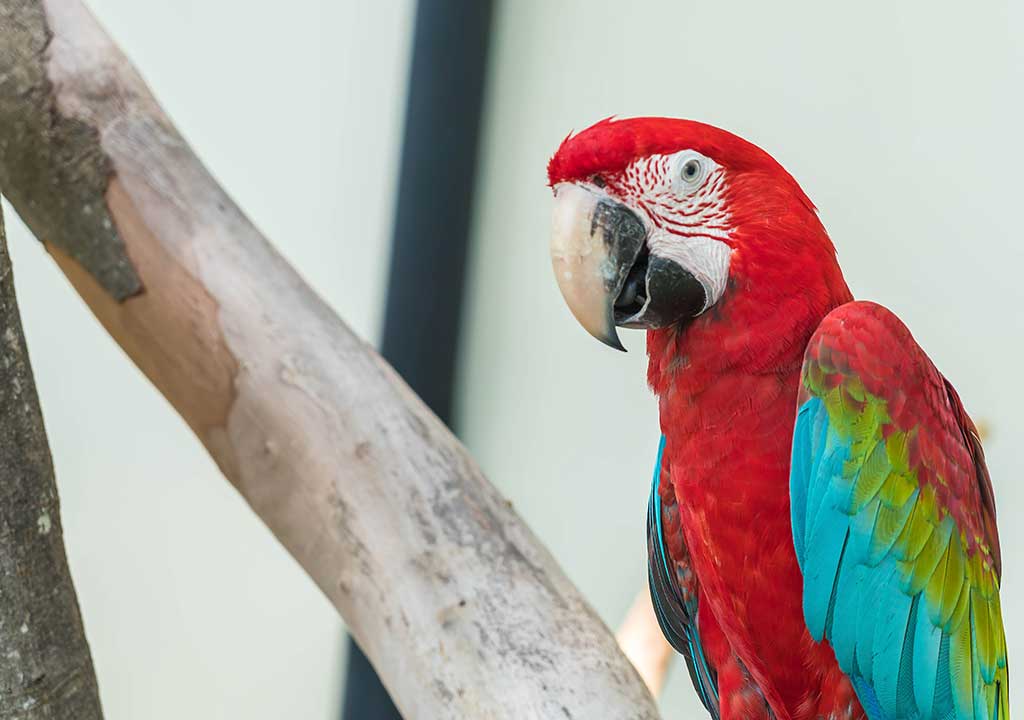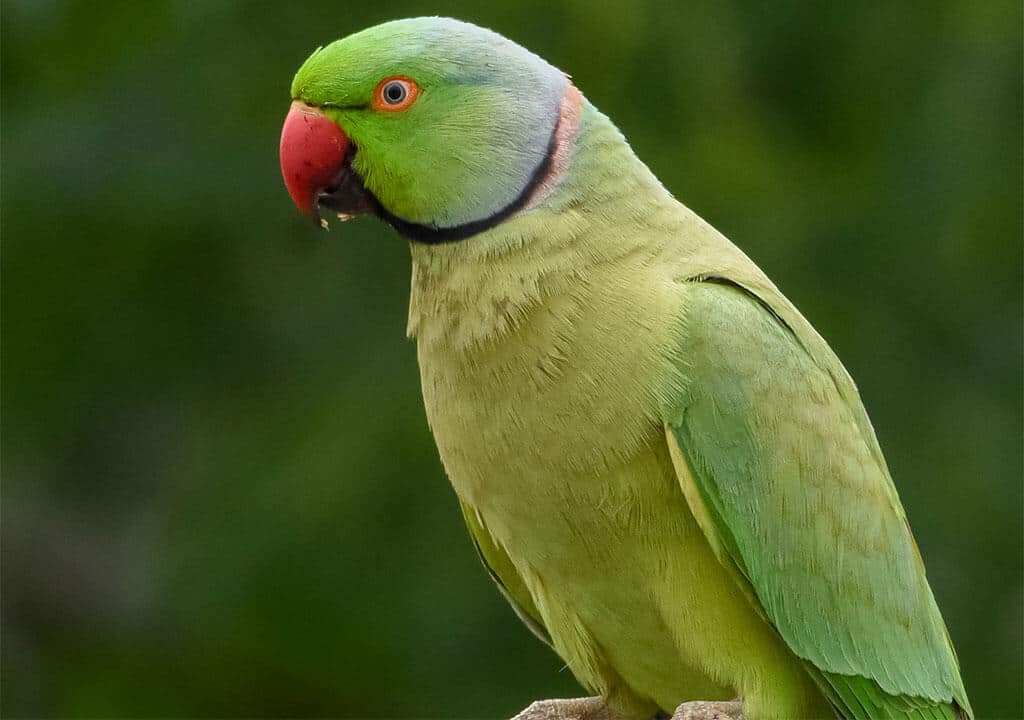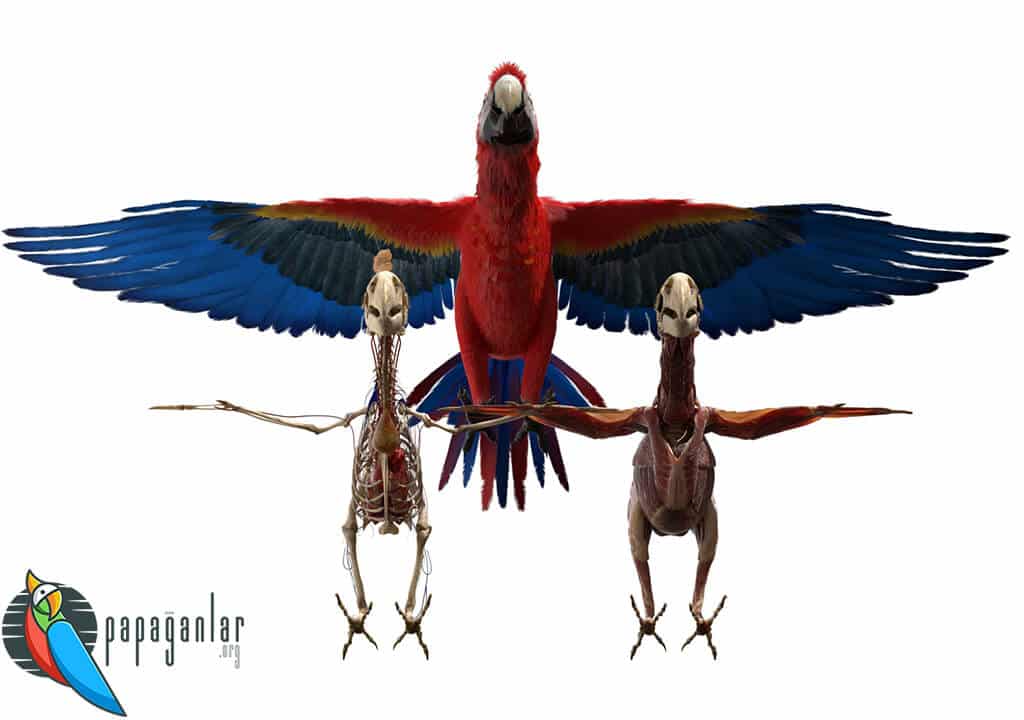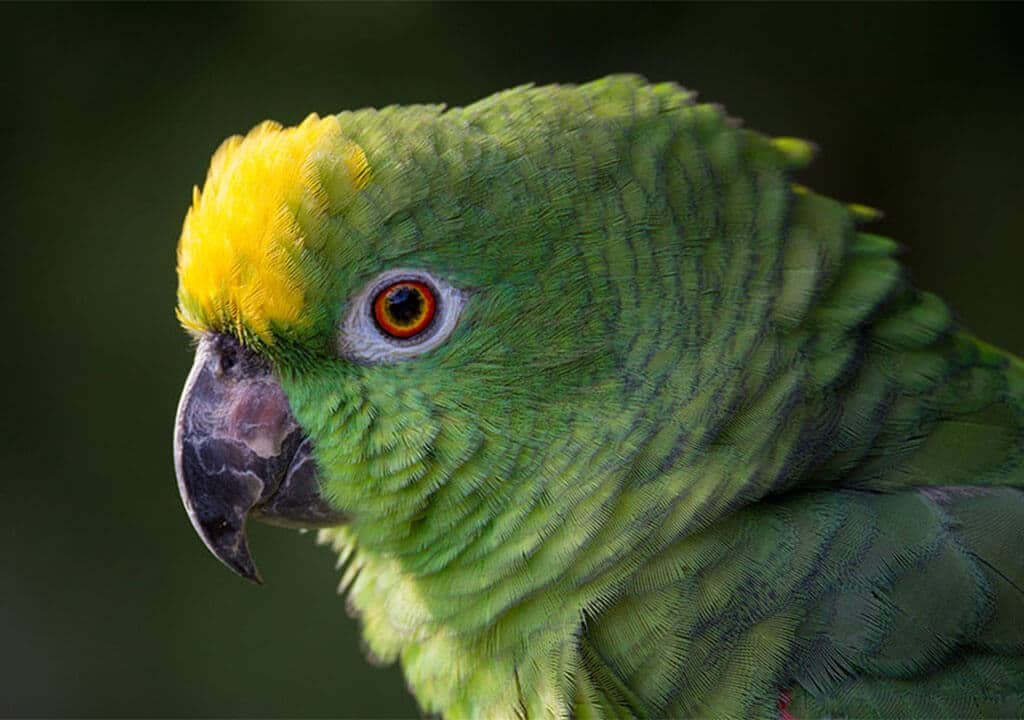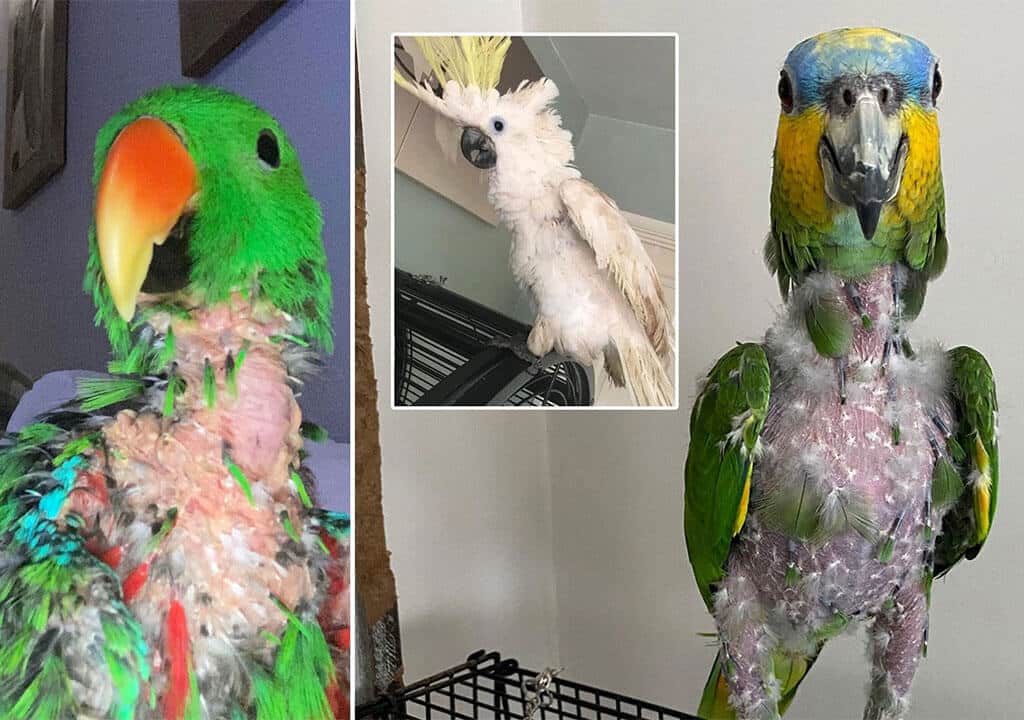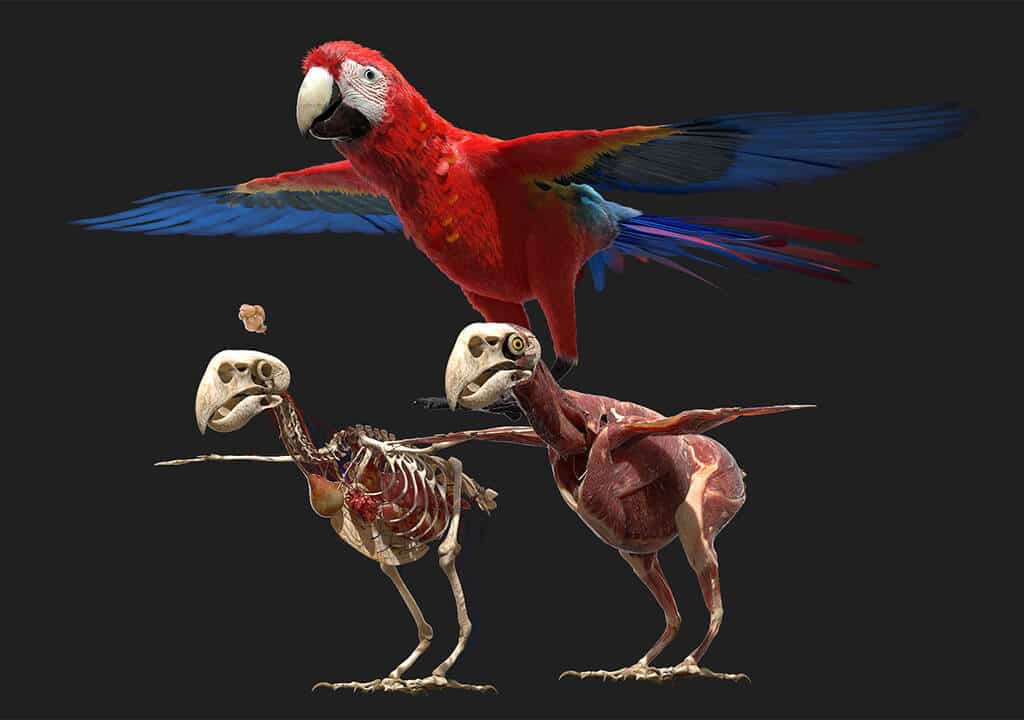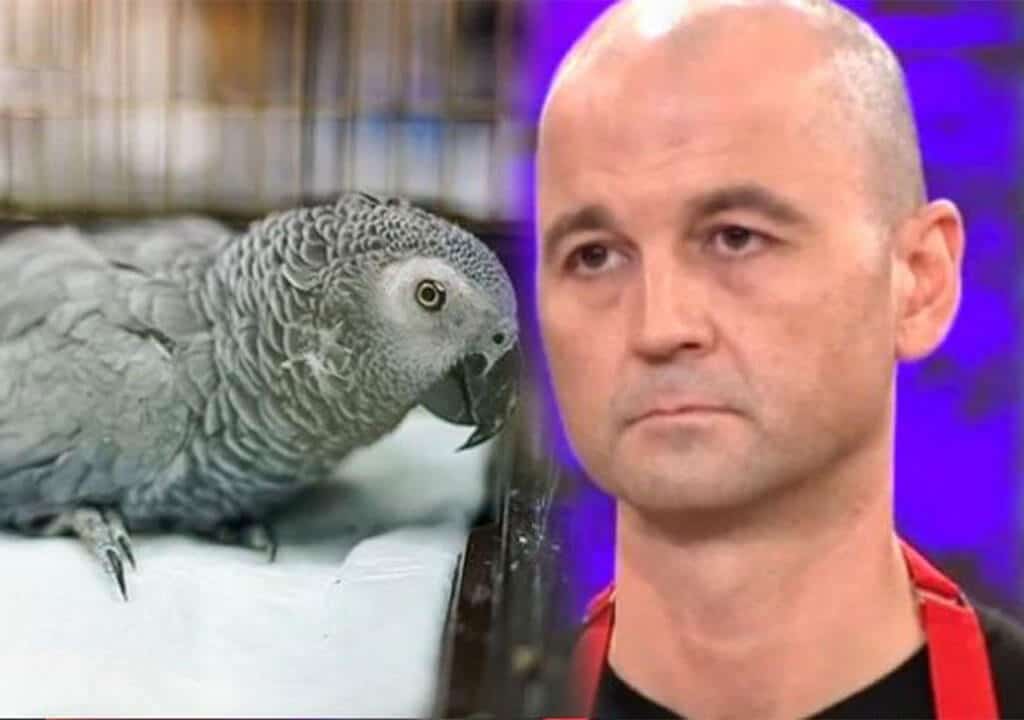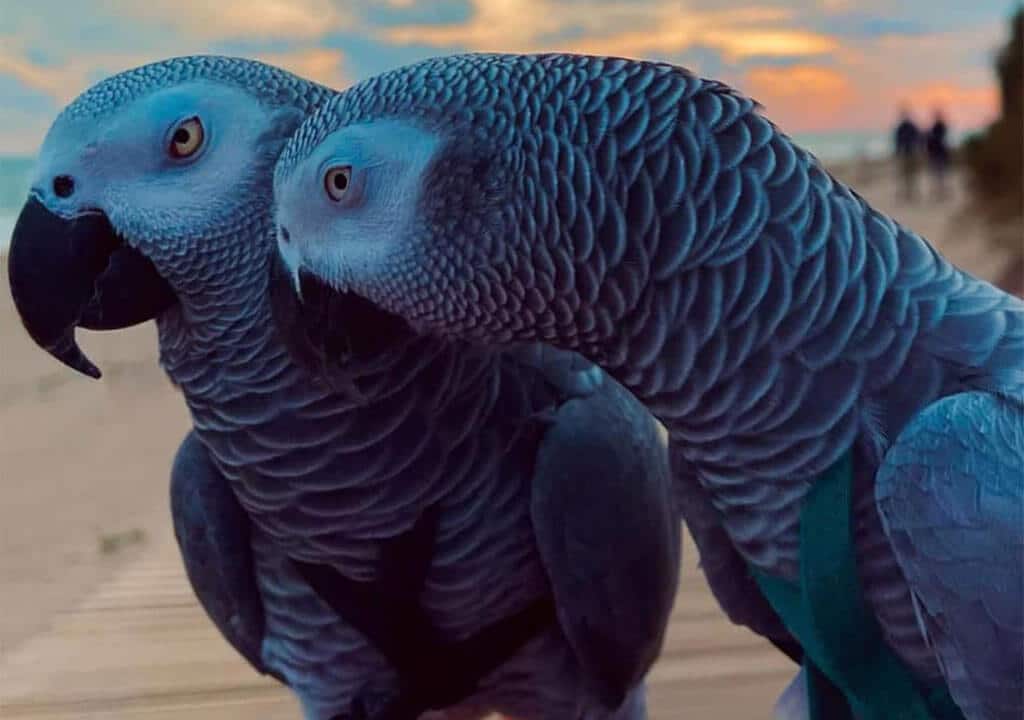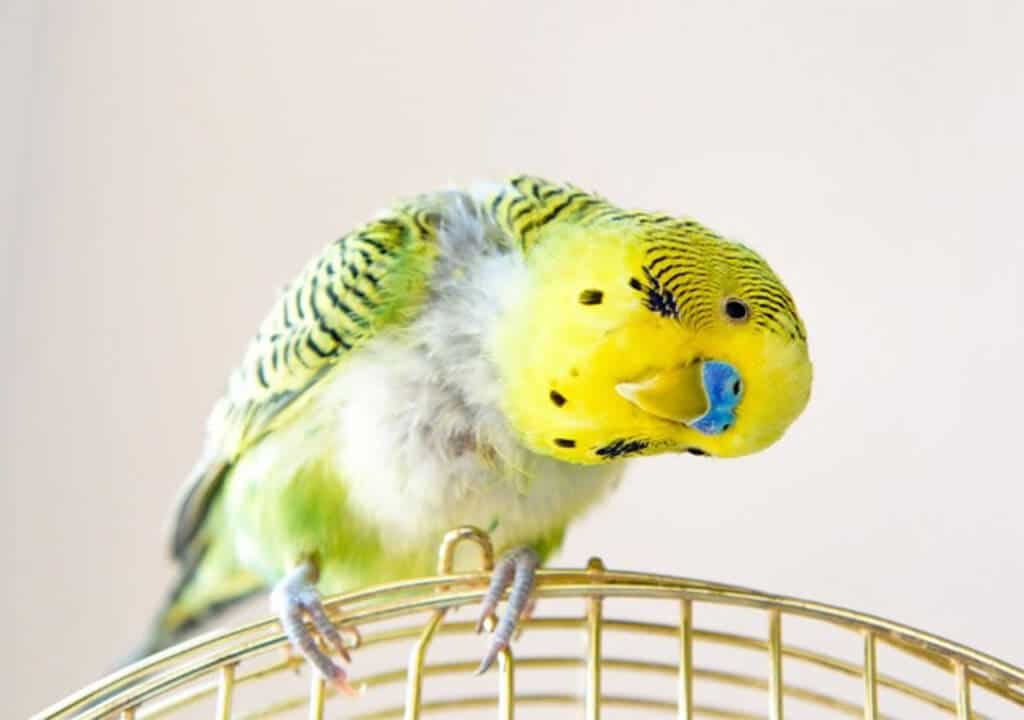Blog
Heat Stroke in Parrots
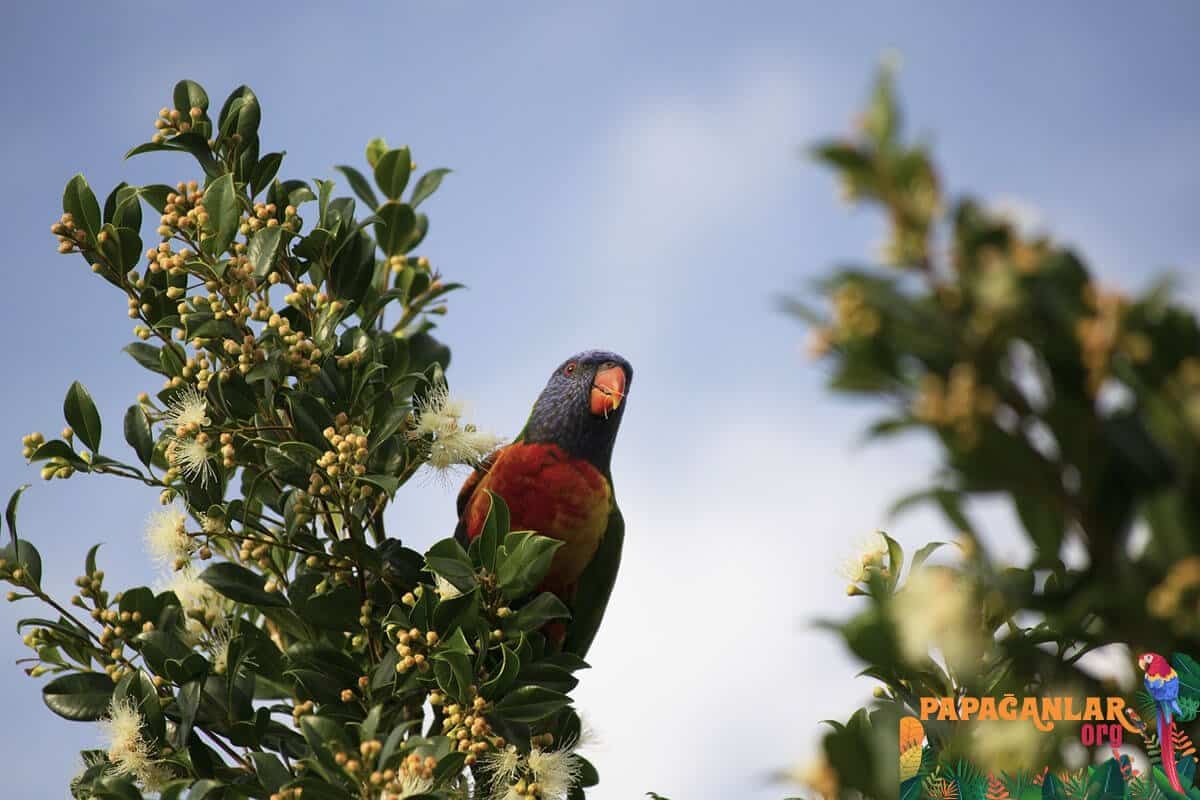
Today, when global warming is on the agenda, we are living in days when the air temperature is above the seasonal normals. On days when the humidity in the air is high with the increase in temperature, distress, reluctance to move, and breathing difficulties attract attention in all living things.
When the body temperature is 41 degrees, parrots are more difficult to tolerate the stress created by the extreme environmental temperature than mammals. Parrots raised in places with high ambient temperature from a young age adapt more easily to high environmental temperature.
In parrots, heat loss is very difficult when the temperature rises, since the feathers covering their bodies provide good insulation and the skin does not have sweat glands. Heat in the body is transferred by radiation from the skin surface to cooler objects such as a cage, litter or perch. In addition, the body temperature is tried to be lowered by emitting heat to the surrounding air. The amount of blood in the skin vessels is increased to transfer the internal organ heat to the outside. By choosing cool places in the shelter or room, the excess heat in the body spreads to that area. In addition, by opening and closing the mouth, more energy is used and the amount of energy to be given out is increased. Heat loss is tried to be increased by fluffing the feathers and removing the wings from the body.
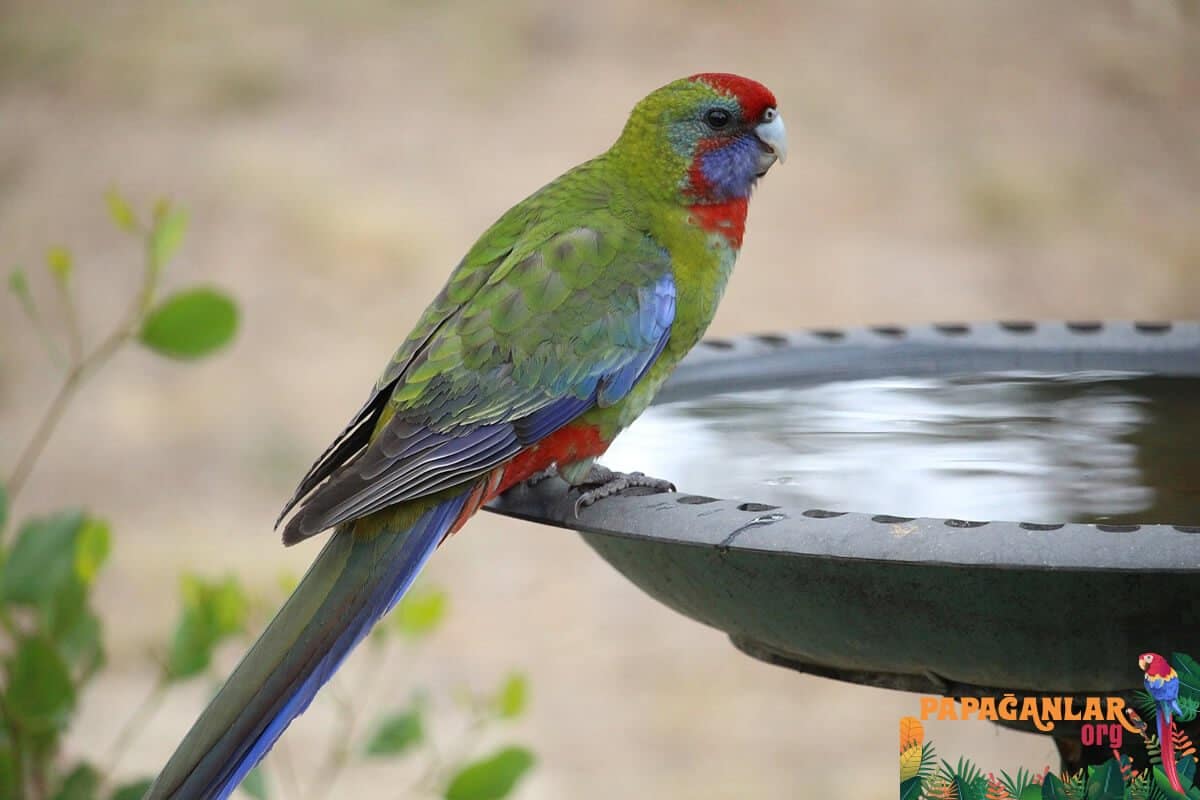
Does the Parrot Die from the Heat?
It is sufficient that the temperature of the cockatieland the temperature of the jacotaare between 20-25 degrees.
In parrots that do not develop heat stress;
- When the ambient temperature reaches the same level as the body temperature, the heat transfer stops completely.
- When the ambient temperature reaches 41 degrees, parrots have difficulty in finding objects to cool and transfer heat. Mechanisms to dissipate heat become inadequate. In this case, parrots provide cooling by breathing with their mouth open and increasing the respiratory rate. Mouth breathing of parrots to reduce body temperature provides an opportunity for bacteria to enter the respiratory tract.
- In parrots in a humid and high temperature environment, heat transfer is insufficient. If open mouth breathing cannot prevent the body temperature from rising, the parrot becomes sluggish and falls into a coma. When sufficient temperature loss is not achieved, contractions occur. Coma develops and she unfortunately dies in a short time.
The severity of heat stress; The degree of exposure to temperature and the increase in the duration of stay in heat increase in relation to the high temperature change and the high humidity level of the air. The most important effect of heat stress is the decrease in feed and food intake. In this way, the amount of energy entering the body with food is reduced. During this period, parrots meet their energy needs by using their body fat. It is lower than the energy supplied in this way. Excessive drinking due to heat leads to more watery removal of the drops. In hot weather, the immune system does not respond to stimuli as expected. Utilization of vitamins decreases. The durability of vitamins in water decreases.
Budgie Bath Pleasure 🙂
Parrots Developing Heat Stress;
- Drinking water is given cool. The amount of water given is increased and measures are taken to cool the water.
- Facilities are provided for them to take a bath.
- It is not moved during the hottest hours of the day, such as in the afternoon and evening.
- Sodium, chloride, potassium, bicarbonate, calcium, phosphorus, vitamins and electrolytes are added to drinking water.
- Cages and rooms are ventilated with a fan device.
- Parrot room temperature should not fall below 20 degrees, nor should it be above 35 degrees.
- Feeding is done in the cool of the night.
- Unless necessary, drug and vaccine treatments are not applied.
- In your home or in large keels, you can create easy wired maneuvering and flying areas.
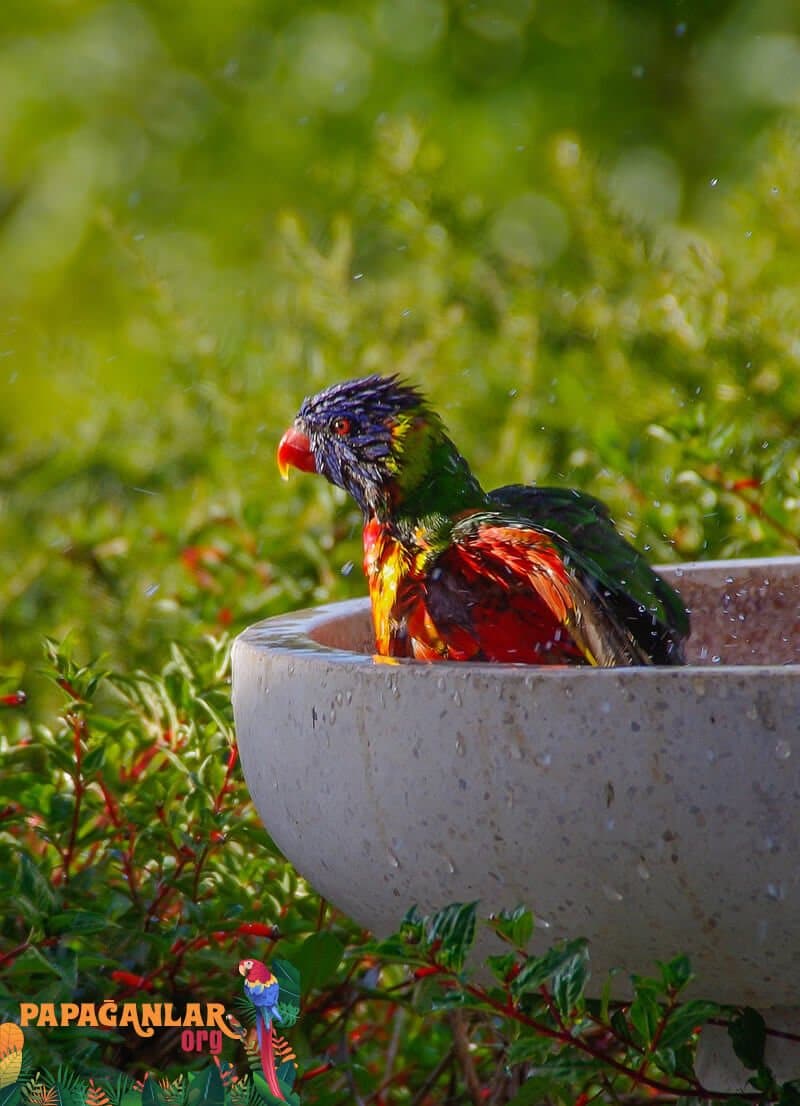
Parrots in cages also develop heat stroke, exposure to direct sunlight, being left in the vehicle with the windows closed, exposure to a lamp for heating for a long time and a thermos filled with hot water, and being kept in a towel for a long time. Overweight parrots are more susceptible to heat stroke. In hot weather, heat stroke occurs in cages made of wood with poor insulation.
What to do in case of heatstroke to the parrot;
- The bird is urgently taken to a calm and cooled environment with air conditioning.
- Cold water is sprinkled on it from time to time.
- Wings and feet are wetted with cool water.
- Approaches that will create extra stress are not taken.
- Despite these applications, if the sick parrot does not show any movement and revival, a veterinarian is consulted for medical intervention.




